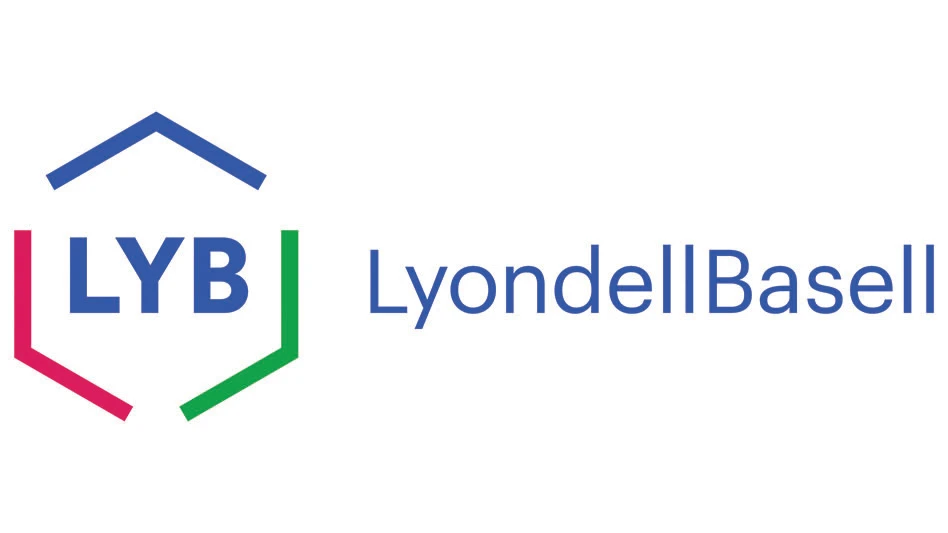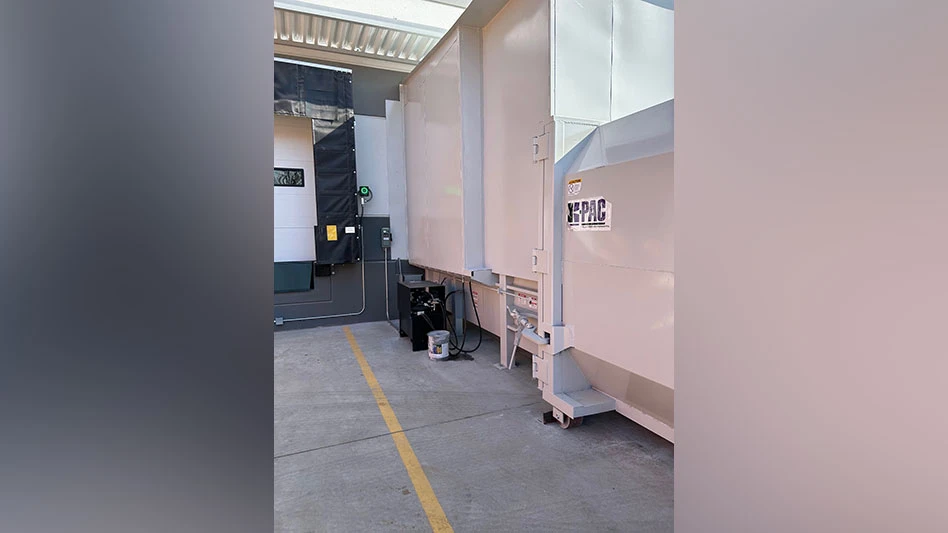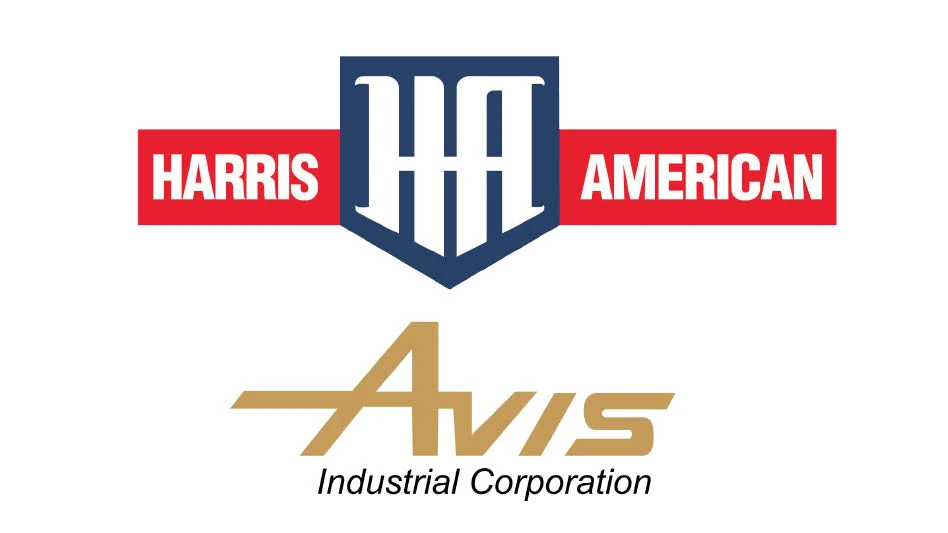
An old joke used by former President Ronald Reagan refers to the potential uneasiness business owners can feel when they hear, “I’m from the government and I’m here to help.”
A less cynical person would note that does a disservice to policies, grants and government-funded projects that can benefit businesses, including those in the recycling sector.
As 2025 begins, however, government actions on several continents likely will leave recycling business owners, managers and employees wondering just how helpful the new policies are.
At home, a drastic shift
When Brian Henesey of Commerce City, Colorado-based Rocky Mountain Recycling spoke at the most recent Bureau of International Recycling (BIR) International Trade Council (ITC) meeting last October in Singapore, the U.S. presidential election had not yet taken place.
Henesey offered comments on how U.S. trade policies could change after the election, with the metals recycler noting Donald Trump has promised to again levy tariffs on imported goods, potentially including a universal tariff of 10 percent to 20 percent and a 60 percent tariff targeting China.
“Should he win, I believe we will see disruption,” said Henesey, who also served as board chair of the Institute of Scrap Recycling Industries, now known as the Recycled Materials Association, based in Washington, from April 2022 to April 2024.

Speculation about that disruption has been widespread following the election, as President-elect Trump selects the people whose diplomatic, commerce and trade roles will affect global trade involving the U.S.
A late November 2024 analysis by Kip Keen, a senior reporter at S&P Global, identifies Canada, Mexico and China as the top three sources of U.S. metals and minerals, responsible for 41 percent of such imports combined. Trump has said each of those countries is in his sights for tariffs.
“If Trump’s tariffs went ahead, it would support U.S. steel prices [and] make U.S. producers less likely to idle any domestic capacity, while new U.S. supply might come onstream faster,” Keen says in his report, citing Ali Oktay, a ferrous sector analyst with S&P, for providing that perspective.
According to Keen, the Arlington, Virginia-based Aluminum Association has concerns about including Canada in a sweeping tariff regimen, citing an association spokesperson as saying exemptions for Canadian aluminum are “vitally important.”
“While Canada has implemented a formal monitoring program for aluminum imports, Mexico has not yet followed through on a commitment to do so,” the association writes on its website. “Mexico should be held to its commitment in this regard.”
To whatever extent Trump administration trade policies reduce or raise the prices of imported metal, a likely outcome would be higher pricing for finished steel, aluminum and copper.
Historically, that often means higher scrap prices will follow, though several other supply and demand circumstances also are factors—including maintaining a genuinely global trading market.

In Europe, an unwelcome divide
At the same meeting where Henesey offered U.S. political insight, members of the Brussels-based BIR learned they will need to exert a considerable amount of effort to meet deadlines to comply with the European Union’s revised Waste Shipments Regulation (WSR).
Although decades have been spent trying to convince regulators that highly marketable and recyclable metals, paper and plastics are not “waste,” the EU has applied the term to secondary commodities shipped from that region to nations with developing economies that are not members of the Paris-based Organization of Economic Cooperation and Development (OECD).
The divide between OECD and non-OECD statuses has led to a ticking clock for shippers in the EU and secondary commodities buyers in China, nations in the Indian subcontinent and in the Association of Southeast Asian Nations, or ASEAN, region.
Per the latest WSR revisions, a government representative from any non-OECD nation must contact the European Commission by Feb. 21 to identify which secondary commodities it grants permission to import.
Without that declaration, doors to EU scrap materials in much of Asia, Africa and parts of Latin America begin closing in the following two years. Even with a declaration in hand, traders, processors and manufacturers in non-OECD countries must undergo a third-party auditing process to demonstrate their compliance with the EU’s environmental and safety standards.
Sanjay Mehta of Mumbai-based MTC Group, representing the Material Recycling Association of India (MRAI), said the organization is rallying its membership to help ensure Indian traders and manufacturers can continue to tap into Europe’s recycled resources.
Mehta said an EU policy that makes it more difficult for manufacturers in India to import circular materials runs contrary to more than one Indian domestic policy, both on environmental and industrial policy fronts.

For several years, MRAI has lobbied to remove import tariffs on ferrous and nonferrous scrap brought in from Europe and elsewhere and is urging recycled-content mandates for domestically made aluminum, copper and zinc.
If the Indian and EU governments and those on both sides of the trading relationship do not overcome potential WSR hurdles, Mehta said it could “choke” raw materials needs of India’s entire basic materials sector and downstream manufacturers beyond that.
Some economic activity could come to a “grinding halt,” he predicted, foreseeing unemployment, bankruptcies and a “distorted” global secondary commodity market equilibrium.
“We are in a critical time frame,” said Emmanuel Katrakis of Belgium-based Galloo. Katrakis, who also serves as the BIR’s ITC chair, said the situation facing European recyclers and traders reminds him of the adage, “If you’re not at the table, you are on the menu.”
Like Mehta, he urged recyclers, traders and recycled-content producers to ensure the proper government and private sector procedures are followed and invited them to contact BIR staff if they have questions.
Henesey urged the global recycling industry to continue to preach that recycled materials are essential to the circular economy.
In China—once the foremost market for recycled materials globally—a barrier to U.S. materials could be created by government leaders in Beijing.
China lowers a barrier, but will it help?
A late October 2024 announcement made jointly by six agencies in China could help increase the types of nonferrous recycled metal grades that can enter its ports. A separate government announcement made weeks later, however, could trigger a slowdown in the production of aluminum, copper and copper alloys in the country.
The first, a scrap-related announcement from China’s Ministry of Ecology and Environment that is co-signed by five other agencies, including China’s General Administration of Customs (GACC), was issued just before the BIR convened in Singapore in October.
The announcement says the new rules were to take effect Nov. 15, 2024. Delegates at the BIR convention told Recycling Today, however, that new rules involving inspection at Chinese ports can take much longer to be applied uniformly by agency personnel.
While at times China’s inspection processes for scrap have been multilayered and considered unpredictable by traders, the October announcement indicates aluminum and red metals shipments need only to pass a visual inspection starting last November.
Sponsored Content
Still relying on manual sorters?
Let AI do the heavy lifting. Waste Robotics delivers reliable, high-performance robots tailored for complex waste streams. They require minimal maintenance, are easy to operate, and are designed to boost your recovery rates. Smarter sorting starts with the right partner. Waste Expo Booth #1969 & REMA #2843
Click here to see our robots in action!“In addition to the inspection of radioactive contamination, which shall comply with the special inspection requirements of the [GACC], the inspection of recycled copper and aluminum raw materials shall first adopt sensory [visual] inspection,” the announcement says. “When it is uncertain whether it meets the requirements of the attached table indicators, it shall be inspected in accordance with the corresponding inspection methods of the [GACC] technical specifications.”
Traders speaking to Recycling Today indicate the policy could open the door wider for brass scrap and other alloys and provide a potentially looser definition of No. 2 copper.
Regarding mixed container loads, the Google Translate English translation of the notice reads, “When different categories of recycled copper and aluminum raw materials are independently packaged, they can be mixed, but they should be placed in categories.”
How quickly or uniformly the new directive is adopted was still playing out as of press time and likely will continue to do so in early 2025. The intention of the agencies, however, seems to be more accepting of the role of nonferrous scrap in China’s economy compared with earlier announcements that would refer to the material as “foreign garbage.”

The changes reportedly are being made to promote “high-quality development of the recycled metal industry and standardize the import management of recycled copper and copper alloy raw materials, recycled aluminum and aluminum alloy raw materials.”
Recycled copper and aluminum raw materials that meet the requirements of an attached table do not belong to solid waste and can be imported freely, the announcement notes.
In mid-November 2024, just as the new scrap import policy was taking effect, China’s Ministry of Finance announced it would cancel a finished and semifinished tax rebate often cited as a contributor to overcapacity in the country’s aluminum sector.
The December 2024 rebate repeal, which also applies to copper producers, caused London Metal Exchange aluminum pricing to rise shortly after the announcement was made, with traders perhaps seeing a better landscape for metals producers in other nations.
According to the Singapore-based Business Times, the tax rebate percentage was not uniform, but some producers received government rebates for up to 13 percent of the value of their exported material.
“This could be seen as a strategic move in the context of trade tensions following Trump’s win in the [U.S.] presidential elections,” Ewa Manthey, an analyst at Netherlands-based ING Bank, tells the Business Times.
According to the Business Times report, citing data from Beijing Antaike Information Development Co. Ltd., China exported about 5.2 million metric tons of semifinished aluminum in 2023. That equated to around 7 percent of the entire global aluminum market that year.
As metals recycling company owners and executives do their best to prepare for 2025, it appears a combination of tariffs, regulations and legislative acts will introduce potentially unwelcome nonmarket influences into what most of those executives prefer would operate as a market-driven industry sector.
Get curated news on YOUR industry.
Enter your email to receive our newsletters.

Explore the Winter 2025 Scrap Recycling Issue
Check out more from this issue and find your next story to read.
Latest from Recycling Today
- Enfinite forms Hazardous & Specialty Waste Management Council
- Combined DRS, EPR legislation introduced in Rhode Island
- Eureka Recycling starts up newly upgraded MRF
- Reconomy Close the Gap campaign highlights need for circularity
- Nickel carbonate added to Aqua Metals’ portfolio
- EuRIC, FEAD say End-Of-Life Vehicle Regulation presents opportunity for recyclers
- Recyclers likely to feel effects of US-China trade war
- BCMRC 2025 session preview: Navigating battery recycling legislation and regulations









